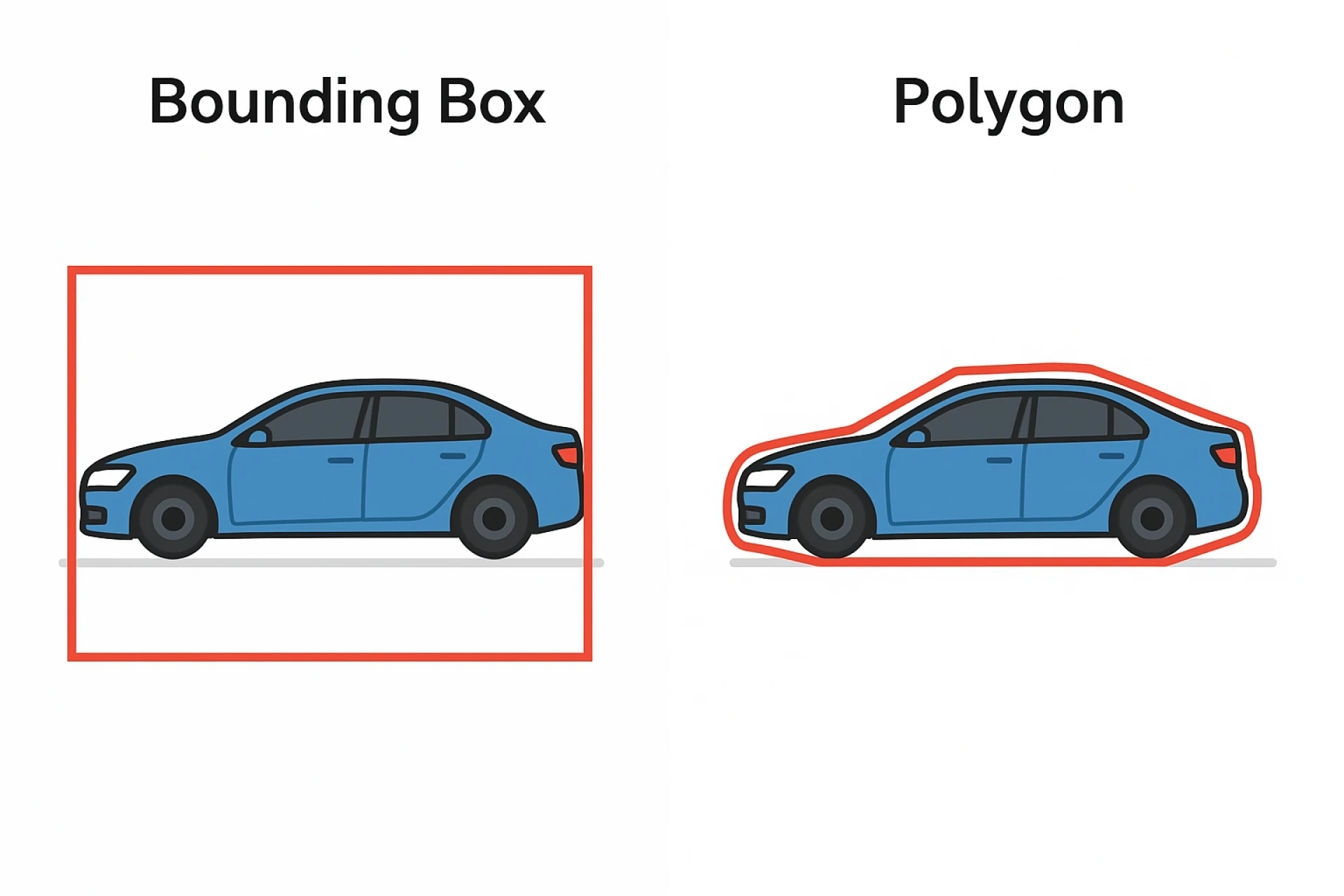Polygon annotation delivers pixel-level precision that improves AI accuracy, reduces errors, and supports applications across industries like autonomous driving, healthcare, and GIS. Though time-intensive, its benefits far outweigh the costs, making it a cornerstone for building reliable, high-performance AI models.
Artificial intelligence thrives on high-quality data. Without it, even the most advanced models stumble. That’s where annotation comes in, and among the many methods available, Polygon annotation services stand out as one of the most precise ways to prepare data for training.
Here’s the thing: AI systems don’t just need more data they need better data. When annotations capture real-world objects with pixel-level accuracy, models learn to distinguish shapes, boundaries, and environments with fewer errors. This is especially critical for industries like autonomous driving, agriculture, and medical imaging, where mistakes aren’t just inconvenient they’re costly or even dangerous.
What Is Polygon Annotation?
Polygon annotation is a labeling technique where objects in an image are outlined with a series of connected points (vertices) to form closed shapes. Unlike bounding boxes that wrap objects with rectangles, polygons hug every curve and irregularity of an object’s outline.
Think of it as giving your AI model a contour map instead of a rough sketch. This precision dramatically reduces background noise and improves accuracy when objects overlap or have complex shapes.
Bounding Box vs Polygon Annotation

- Shape Fit:
Bounding boxes are rectangular and often capture extra background, reducing accuracy. Polygon annotation traces an object’s exact outline with multiple points, creating pixel-perfect contours that provide cleaner data and help AI models learn with greater precision and reliability.
- Speed:
Bounding boxes are quick to draw, which makes them highly efficient for large datasets or projects where speed outweighs precision. Polygon annotation requires more time and attention to detail since annotators must carefully trace complex outlines. While slower, this effort ensures far more reliable results in critical applications.
- Accuracy:
Bounding boxes deliver moderate accuracy, sufficient for simple objects. Polygon annotation excels in capturing fine details, irregular shapes, and overlapping objects, providing superior accuracy.
- Best Use:
Bounding boxes are ideal for large, simple shapes. Polygon annotation is best for complex, irregular objects where precision is essential.
Why Polygon Annotation Matters
Superior Accuracy
By capturing exact object boundaries, polygon annotation avoids including irrelevant pixels. Cleaner input data leads to cleaner outputs.
Better Model Performance
Well-labeled polygons reduce false positives, improving segmentation accuracy and overall reliability. That means fewer retraining cycles and faster deployment.
Versatility Across Shapes
From traffic signs to tree leaves, polygon annotation adapts to any shape. This flexibility is essential for industries working with irregular, natural, or overlapping forms.
Stronger Object Localization
Polygons pinpoint objects precisely, which is vital in safety-critical AI applications like navigation systems in autonomous vehicles.
Real-World Applications of Polygon Annotation
1. Autonomous Vehicles
Self-driving cars depend on precise labeling to identify pedestrians, road signs, lane markings, and other vehicles. Even a small annotation error can cause misinterpretation on the road.
2. Agriculture
Farmers use aerial images annotated with polygons to monitor crop health, detect pests, and optimize irrigation. Polygon precision enables clear separation of healthy plants from diseased ones.
3. Geographic Information Systems (GIS)
Polygons map land use patterns, forests, lakes, and urban layouts with precision. This supports smart city planning and disaster management.
4. Security and Robotics
Surveillance systems rely on polygon annotation for tracking, while robots use it to safely navigate complex environments.
5. AR/VR Development
Accurate object outlines make virtual overlays realistic, boosting immersive experiences in AR and VR.
The Challenges and Best Practices
Polygon annotation delivers precision, but it isn’t effortless.
Common Challenges:
- Labor-intensive for large datasets
- Time-consuming for complex shapes
- Requires strict quality checks to avoid errors
Best Practices for Success:
- Establish multi-level quality assurance with peer review
- Use AI-assisted tools for pre-labeling
- Maintain at least 98% accuracy benchmarks for production datasets
- Outsource to trusted image annotation services when scaling beyond in-house capacity
Choosing the Right Polygon Annotation Tools
Your toolkit affects not only speed but also data quality. A good platform should offer:
- Intuitive interface for quick onboarding
- Support for multiple annotation types (polygons, bounding boxes, keypoints)
- Collaboration features for teams
- Scalability for large projects
Popular Platforms
- Labelbox – Great for collaboration, ontology management
- CVAT – Open-source, strong for large datasets
- Appen – Access to large annotation workforce
- Scale AI – Strong in autonomous vehicle projects
- Amazon SageMaker Ground Truth – Auto-labeling support
- VoTT – Free and open-source by Microsoft
For an in-depth comparison of available tools, check Top image annotation tools to evaluate which fits your project needs.
Market Growth and Industry Trends
The demand for precise annotations is growing fast.
- The global data annotation market was valued at $0.8B in 2022 and is expected to reach $3.6B by 2027, with a 33.2% CAGR.
- The annotation tools market is projected to expand from $1B in 2023 to $5.3B by 2030.
This rapid growth reflects one reality: data quality is now recognized as a core driver of AI success, not an afterthought.
Conclusion
Polygon annotation isn’t just another data labeling option. It’s the foundation of reliable AI performance in industries where precision is non-negotiable. From autonomous driving to medical imaging, pixel-perfect data improves safety, accuracy, and trust in AI models.
As the data annotation market expands, organizations investing in polygon annotation today are future-proofing their AI systems against costly errors tomorrow. Precision, though resource-intensive upfront, pays off through better outcomes, faster scaling, and safer deployment.
What this really means: the future of AI belongs to those who treat data annotation not as a bottleneck, but as a strategic advantage.


